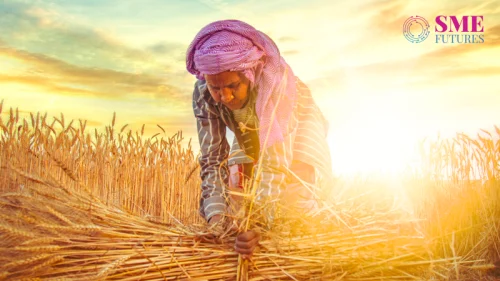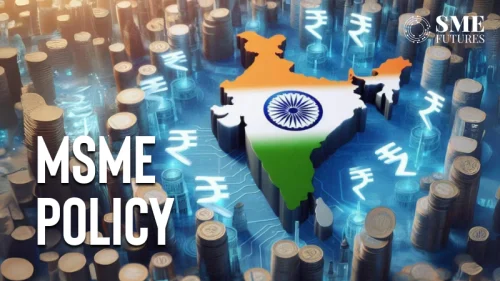CRIF MicroLend, a leading provider of credit information services, has published its latest edition of the report “CRIF MicroLend Vol XXIII – March 2023.” This quarterly publication offers a comprehensive overview of the microlending industry in India, providing valuable insights into the industry’s performance as of March 2023.
The report highlights several key observations, shedding light on the current state of the micro-lending sector in India. One of the most significant findings is the substantial growth in the portfolio outstanding of the microfinance sector, which stood at Rs. 337.6K crore as of March 2023. This represents a remarkable 6.6 per cent quarter-on-quarter (Q-o-Q) growth and an impressive 17.9 per cent year-on-year (Y-o-Y) growth.
Furthermore, the report reveals the distribution of market share among various players in the microlending industry. Non-Banking Financial Companies (NBFCs) continue to dominate the market, holding a significant portfolio share of 37.3 per cent. Banks follow closely with a share of 33.1 per cent, while Small Finance Banks (SFBs) hold a portfolio share of 16.6 per cent.
The report also examines the industry’s asset quality, indicating positive trends. The Portfolio At Risk (PAR) for loans with a 30+ Days Past Due (DPD) has improved from 3.8 per cent as of December 2022 to 2.2 per cent as of March 2023. Similarly, the PAR for loans with a 90+ DPD has improved from 2.0 per cent to 1.1 per cent during the same period.
In terms of geographical distribution, the report identifies the top 10 states contributing to 85.2 per cent of the national Gross Loan Portfolio (GLP). In a surprising turn of events, Bihar has surpassed Tamil Nadu as the top state by GLP as of March 2023. Additionally, Uttar Pradesh, Kerala, and Bihar recorded the highest Q-o-Q growth rates of 15.9 per cent, 14.6 per cent, and 13.5 per cent, respectively.
The report also delves into the average balance per borrower in the top states. Bihar, Tamil Nadu, and Uttar Pradesh boast average balances of Rs. 27.2K, Rs. 26.6K, and Rs. 26.3K, respectively, as of March 2023.
Examining regional dominance, the report reveals that the Eastern region remains the powerhouse of the microfinance sector with a 32.7 per cent market share, closely followed by the Southern region with a 27.0 per cent market share.
Lastly, the report outlines the concentration of NBFC Microfinance Institutions (MFIs) in the Central region, where they hold a 48.0 per cent market share. Meanwhile, Small Finance Banks (SFBs) exhibit a significant concentration of 22.3 per cent in the South.
This edition of the report also highlights growth in the live customer base, indicating a 1.5 per cent Q-o-Q increase and a substantial 9.8 per cent Y-o-Y increase. Rural markets experienced remarkable growth rates of 8.2 per cent Q-o-Q and 22.3 per cent Y-o-Y, while urban markets witnessed a growth of 4.2 per cent Q-o-Q and 11.4 per cent Y-o-Y.
Thereport suggests that, as the microfinance sector continues to expand, these observations serve as a guide for strategic decision-making and further growth in the industry.
Commenting on the report, Sanjeet Dawar, Managing Director, CRIF High Mark, said, “The microfinance sector in the rural markets witnessed growth, soaring by 22.3 per cent year-on-year, while the urban markets experienced an increase of 11.4 per cent.”
“The microfinance sector in India today is growing rapidly, allowing small borrowers access to formal credit. This is fostering greater financial inclusion,” he concluded.











